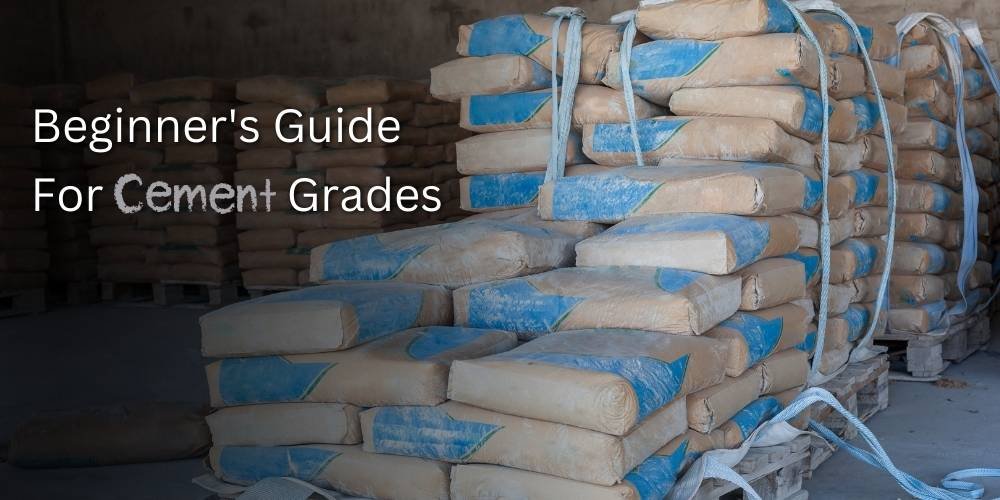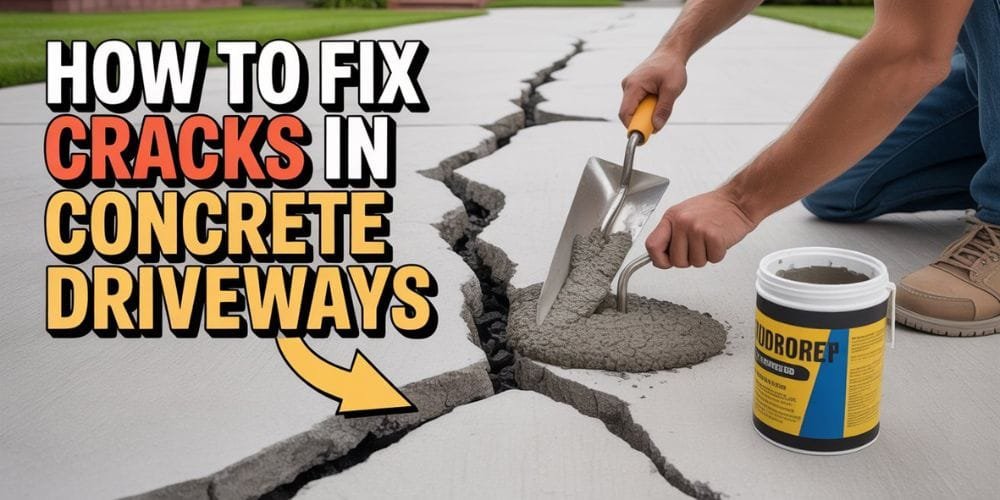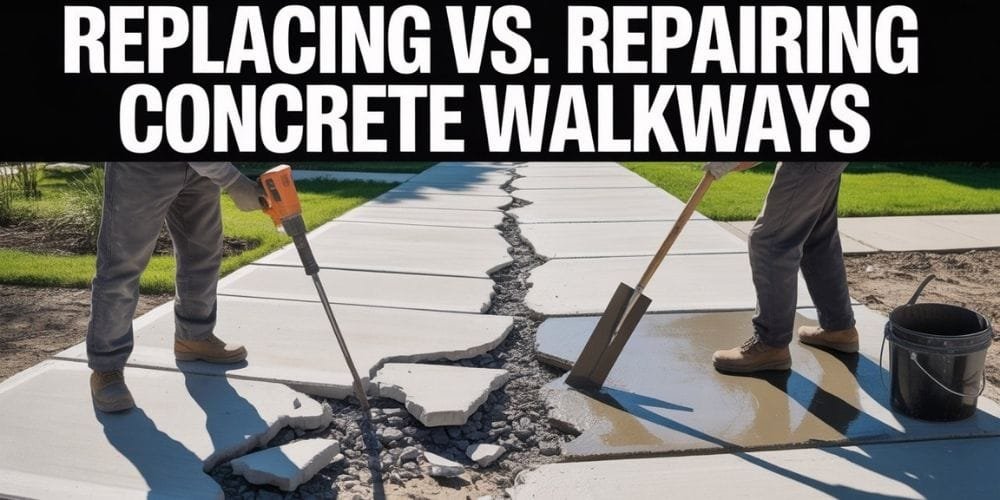Cement is a fundamental component of modern construction. It is the basis of all such crucial infrastructures, ranging from homes to highways. Among the most consumed building materials, cement has the quality resulting in strong, durable, and versatile structures. A cement grade is crucial in construction, ensuring the correct material for the proper job. The grades of cement are categories that may further classify types of cement based on their compressive strength, which is critical in making decisions on its application.
This guide will help you make qualified choices regarding the different cement grades and their purposes.
What are Cement Grades?
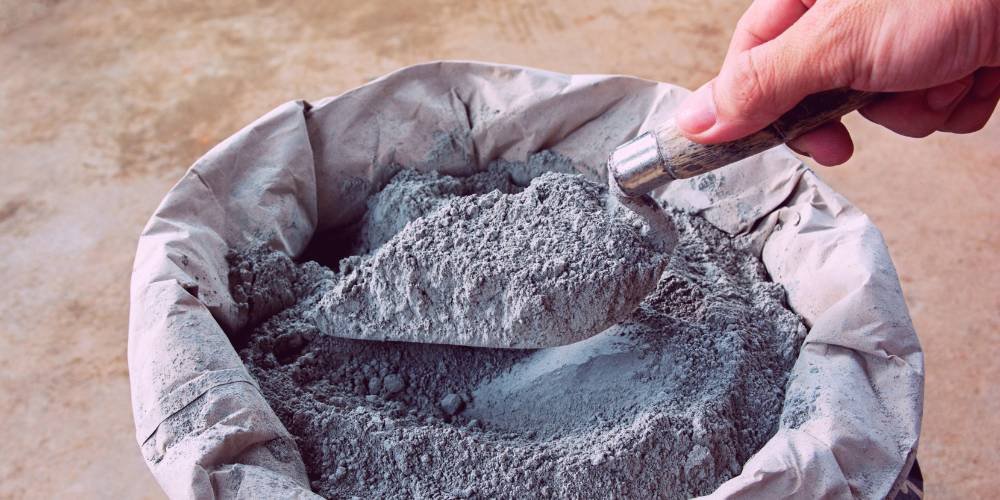
Cement grades refer to the cement classification according to the compressive strength it develops per millimeter block in MPa after 28 days of setting. The grade is also a signifier of the strength and quality of the variety, enabling higher grades to possess even more significant amounts of strength and durability. The appropriate grade of cement is vital for construction so the structure will last for a certain period and be strong enough to bear the loads applied, whether a residential home or a commercial establishment.
The Purpose of Classifying Cement Grades
The classification of cement grades serves several purposes. It aids builders and engineers in choosing appropriate cement for particular construction uses. Various projects call for different levels of strength and durability, and the cement grade provides a standardized means of matching these requirements. For example, constructing a high-rise building requires high-strength cement, while ordinary Portland cement may be enough for residential homes.
Cement grade classification secures consistency in the quality of cement through its manufacture. If the grade is standard, then cement manufacturers ensure that the construction materials’ holding together will always meet particular strength and performance criteria in a certain way.
Factors Influencing Cement Grade Selection
The selection of the right type includes several factors that align with the project’s specific requirements, environmental conditions, and cost-effectiveness. For instance, Projects proposed in coastal areas have to bear the resistive effect of saltwater, which would require sulfate-resistant cement, while rapid-hardening cement would serve as the best option for fast-track construction.
Classification of Cement Grades
Cement grades can be based on chemical composition or physical properties, offering valuable information concerning the cement’s suitability for particular conditions.
Based on Chemical Composition
According to the chemical composition, cement grades are classified based on materials used during production and those deriving from its specific chemical properties:
- Ordinary Portland Cement (OPC): Normally used in construction; considered an all-purpose for most general constructions. Grades 33, 43, and 53 are considered in terms of grade regarding compressive strength.
- Portland Pozzolanic Cement (PPC): This concrete contains OPC and pozzolanic material such as fly ash. Its resistance to chemical attack is good, so it is recommended in hostile environments.
- Portland Slag Cement (PSC): This type is obtained by intimately mixing OPC with ground granulated blast furnace slag. It has enlightened properties to resist durable actions in aggressive environments like the coastal region.
- High-Strength Cement: This specially designed cement makes concrete with superior compressive strength. It is suitable for heavy-duty concrete structures, like bridges and high-rise construction.
- Rapid-Hardening Cement: This hardens and gains strength earlier than OPC and is used when the structure must be initiated as soon as possible.
- Others (e.g., sulfate-resistant cement, underwater cement) represent specialized types for individual applications, such as sulfate-rich soil or underwater construction.
Based on Physical Properties
Physical properties of cement grades, which define the behavior of cement upon usage and after its application:
- Setting Time: The time concrete cement takes to commence hardening-initial setting time can be fully hardened-final setting time. The shorter the setting time, the faster the construction of a building will be, and vice versa in complex projects.
- Strength Development: The rate at which types of cement develop strength after mixing with water. Very high-strength cement is used for jobs that must be in service shortly after placement.
- Workability: This describes how easy it is to handle and apply the cement mix. Good workable cement is easily mixed, transported, and placed, making it suitable for complicated tasks.
Choosing the Right Cement Grade
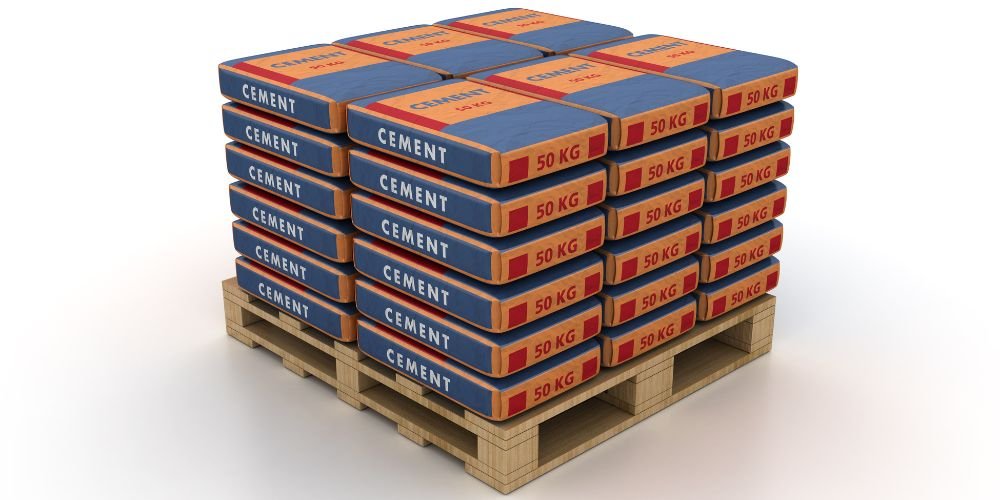
Choosing the suitable cement grade is significant and ascertains success throughout the building. It enhances structural integrity, durability, and holistic performance.
Factors to Consider
Keep in mind the following factors while selecting a grade of cement:
- Project Requirements (e.g., strength, durability, setting time): The project requirements, which will include the specified information of the minimum value of compressive strength, durability, and the minimum setting time, shall guide in grading the choice of cement.
- Environmental Conditions: Local temperature, atmosphere, humidity, and exposure to chemicals or saltwater may affect cement performance.
- Cost-effectiveness: Higher-grade cement provides better strength and durability, yet quality should be balanced with budget constraints.
Examples of Applications for Different Cement Grades
- Ordinary Portland Cement (OPC): Suited for general construction, residential buildings, and roads.
- Portland Pozzolanic Cement (PPC): Ideal for marine structures and dams with bridges, owing to higher resistance to chemical attacks.
- Portland Slag Cement (PSC): Best for coastal constructions, sewage treatment plants, and mass concreting works.
- High-Strength Cement: They are used in high-rise buildings, bridges, and heavy-load-concrete structures.
- Rapid-Hardening Cement: Required in works of treatment, precast concrete products, and works where work needs to be executed quickly.
Also read: Maintaining a Concrete Surface
Conclusion
Understanding cement grades is essential for both homeowners and professional builders. Different grades offer unique advantages that can be used for various projects. Choosing the right cement grade will ensure the longevity and safety of your project.
When selecting a cement grade, Rocking S Concrete is your trusted partner in providing high-quality cement solutions tailored to your specific needs. With years of experience in the industry, their team of experts can assist you in choosing the ideal cement grade for your project.

